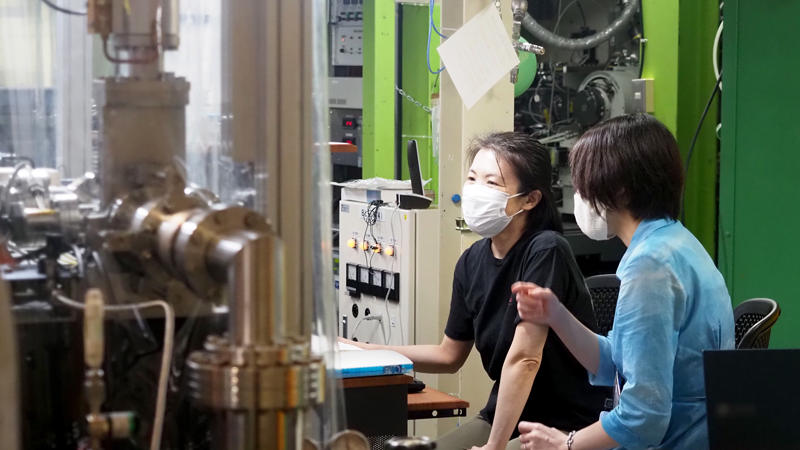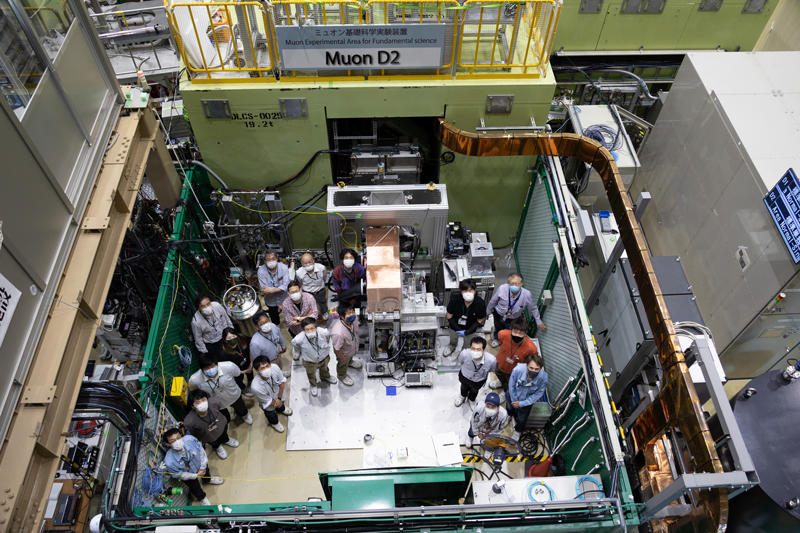The asteroid Ryugu samples brought back by JAXA's asteroid explorer "Hayabusa2" in December 2020 will be analyzed by six initial analysis teams for one year from June 2021.
Among the initial analysis teams, the "Stone Material Analysis Team" and the "Organic Macromolecule Analysis Team" will conduct their analyses at the experimental facilities of the Institute for Materials Structure Science (IMSS),
High Energy Accelerator Research Organization (KEK).
The Stone Material Analysis Team will be led by Professor Tomoki Nakamura of Tohoku University, and will conduct analyses to elucidate the formation process of Ryugu.
In the initial stage of the project, three types of analysis with two types of quantum beams of the KEK will be used.
One is precision X-ray diffraction analysis using the synchrotron radiation of the Photon Factory, which was also used to analyze the asteroid Itokawa brought back by Hayabusa.
The second is STXM (Scanning Transmission X-ray Microscopy), an X-ray microscope capable of identifying chemical state, using soft X-rays from the Photon Factory.
The last one is the nondestructive elemental analysis with negative muons from the MLF (Materials and Life Science Experimental Facility) of the J-PARC, which will be used for the first time to analyze extraterrestrial samples.
The Organic Macromolecule Analysis Team, led by Professor Hikaru Yabuta of Hiroshima University, will analyze the organic substances in the Ryugu sample to elucidate how the biomolecular substances were created in space.
The team will also utilize Photon Factory's STXM to investigate the chemical composition of the organic substances in the samples.
It is thought that asteroids such as Ryugu may have brought water and organic matter to the Earth in the past. By integrating the results of each team's analysis, we will be closer to solving the great mystery of how life came to be on the Earth.




